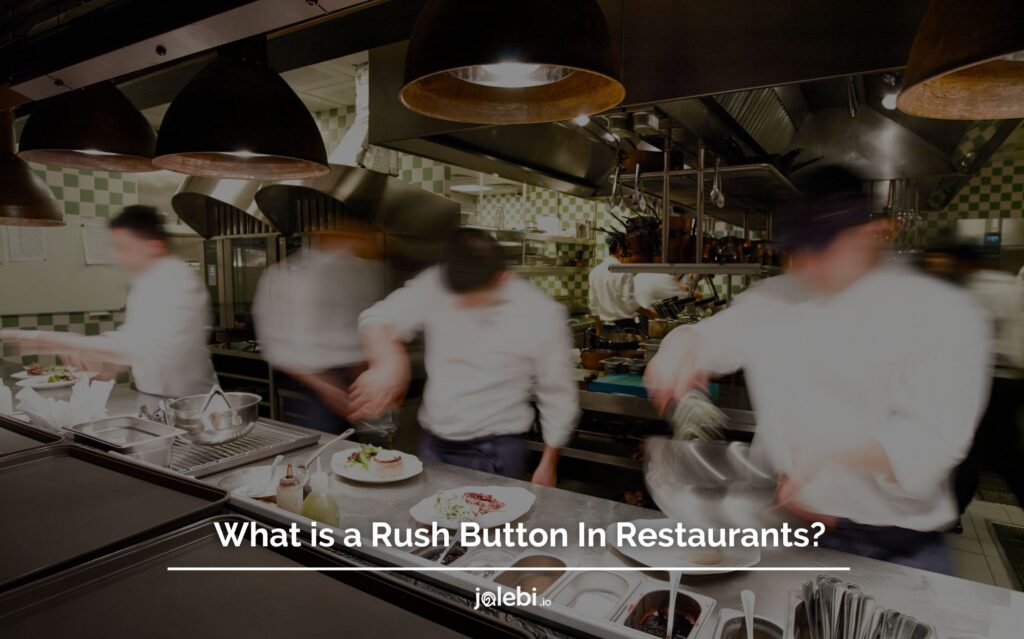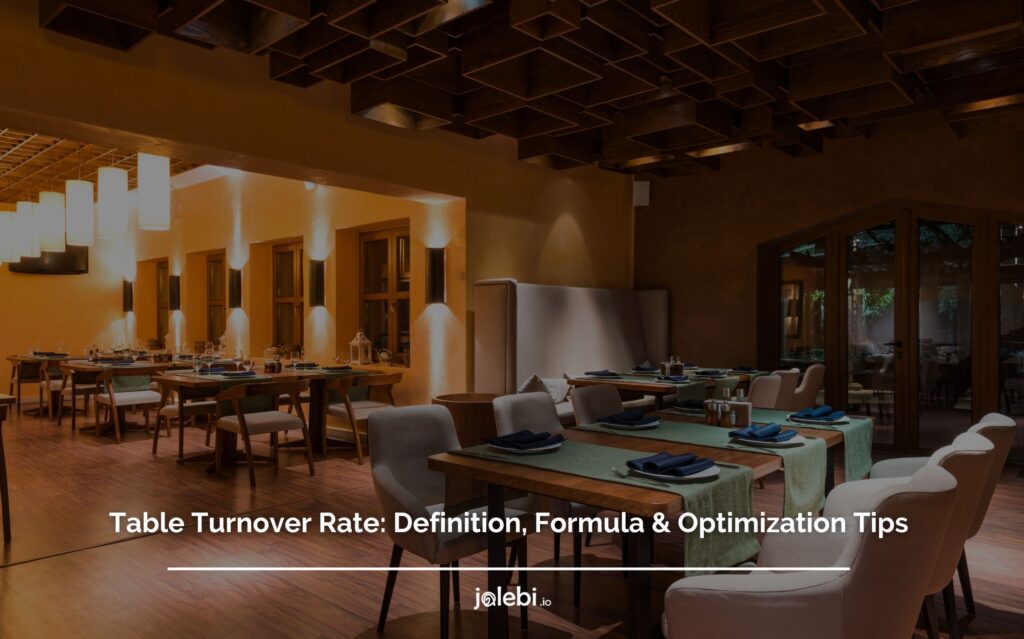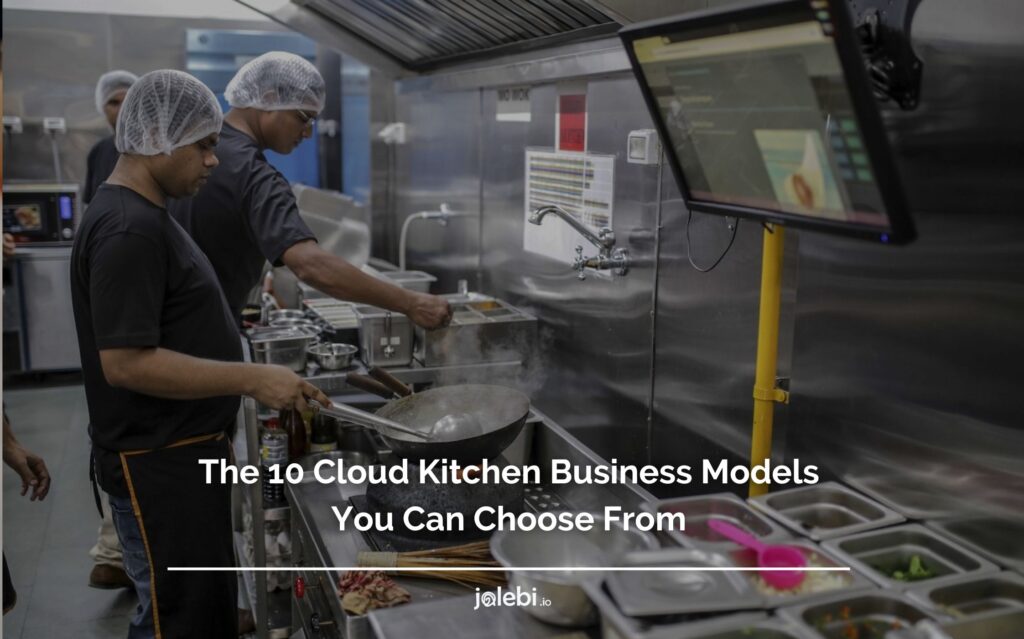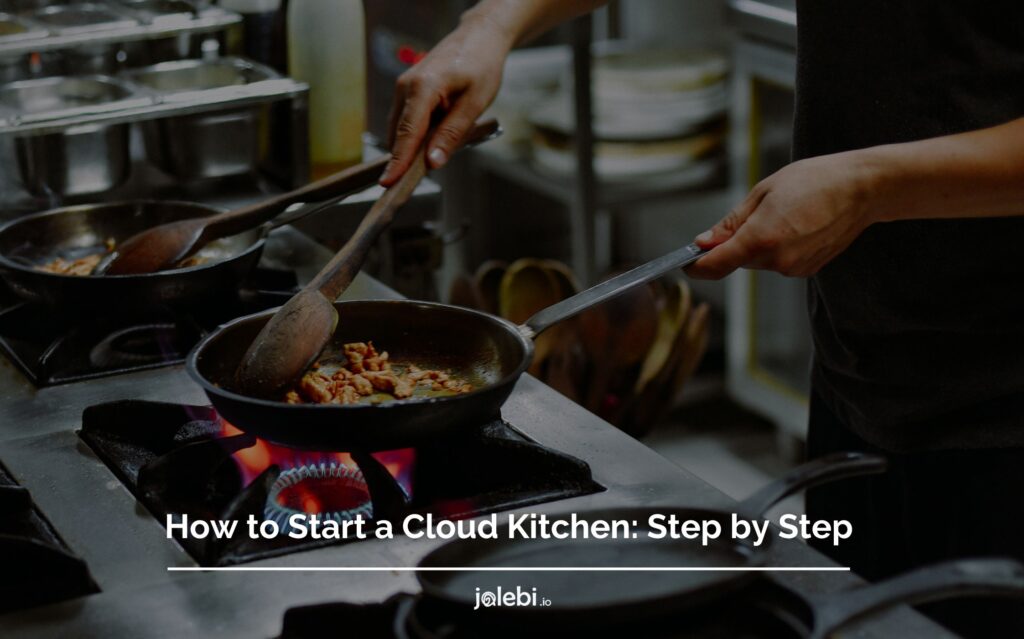Table of Contents
In the restaurant industry, “MP” stands for “Market Price.” This term is often used on menus to indicate that the price of a particular dish, usually seafood or other items subject to market fluctuations, is variable and depends on the current cost to the restaurant.
Items like lobster, oysters, or seasonal fish are commonly listed with “MP” instead of a fixed price because their availability and cost can change frequently based on supply, demand, and other factors such as weather conditions or fishing yields.
Using “MP” allows restaurants the flexibility to adjust prices according to the market without having to reprint their menus constantly.
This ensures that the restaurant can maintain its profit margins while offering fresh and high-quality ingredients.
For the customer, it signals that the dish is likely made with fresh, possibly locally sourced, ingredients that can vary in cost from day to day.
When a dish is marked with “MP,” it’s a good practice for diners to ask their server for the current price before ordering.
This transparency helps avoid any surprises when the bill arrives and allows customers to make informed decisions.
In high-end restaurants, where such market-driven pricing is more common, diners often appreciate the freshness and quality that come with “MP” offerings, despite the potential for higher or fluctuating costs.
How Market Price (MP) Protects Restaurant Profit Margins

Market Price (MP) is more than just a mysterious abbreviation on a menu—it’s a strategic tool that helps restaurants protect their profit margins.
Imagine you’re running a restaurant and serving a popular dish like lobster or fresh oysters. The cost of these ingredients can swing wildly based on factors like weather, supply, or even the season.
If you were to set a fixed price on your menu, you could find yourself either overcharging customers when prices drop or, more often, losing money when costs spike. That’s where MP comes into play.
By listing a dish as “Market Price,” restaurants gain the flexibility to adjust prices in real-time according to what they pay for the ingredients.
This approach ensures that the restaurant can cover its costs without compromising on the quality of the food.
It also means the restaurant doesn’t have to constantly reprint menus every time the market shifts—saving both time and money.
For the customer, MP signals a commitment to freshness and quality, even if it means the price might vary.
From a business perspective, it’s a way to maintain healthy profit margins while still offering dishes that rely on premium, often variable, ingredients.
Seasonal Availability
Seasonal availability plays a significant role in determining the Market Price (MP) for certain dishes on restaurant menus.
Ingredients like seafood, produce, and specialty items can fluctuate in price based on the time of year, driven by factors like harvest cycles, weather conditions, and regional supply.
For example, fresh Alaskan salmon might be more readily available during certain months, leading to a lower cost, while off-season, the price could soar due to limited supply.
Restaurants reflect these changes in their menus by listing these items as MP, allowing them to adjust the price based on current market conditions.
This practice not only helps restaurants manage their costs but also ensures that customers receive the freshest ingredients possible.
How Market Pricing Supports Local Sourcing and Eco-Friendly Practices
Market pricing plays a crucial role in supporting local sourcing and eco-friendly practices by aligning financial incentives with sustainable choices.
When businesses prioritize local suppliers, they reduce transportation costs, which not only lowers expenses but also cuts down on carbon emissions associated with long-distance shipping.
This localized approach to sourcing materials and products fosters stronger community ties and supports local economies, making sustainable practices a financially viable option for businesses.
By reflecting the true cost of environmental impact in market prices, businesses are encouraged to adopt greener practices, such as sourcing from local farms or using sustainable materials, which can often be more cost-effective in the long run.
Furthermore, market pricing that favors eco-friendly products can drive demand for sustainable goods, encouraging suppliers to adopt greener methods to stay competitive.
For instance, if consumers are willing to pay a premium for products that are locally sourced and environmentally friendly, businesses are more likely to invest in sustainable practices.
This not only promotes the use of eco-friendly materials and processes but also helps in building a market where sustainability is valued and rewarded.
Reduce food waste & cost in your restaurant with jalebi
Reduce food waste and cut costs in your restaurant with jalebi, the smart inventory management system designed to optimize your operations.
jalebi helps you track inventory in real-time, ensuring that you order only what you need, preventing overstocking and spoilage. By accurately forecasting demand and monitoring usage patterns, jalebi enables you to make informed decisions that minimize waste and maximize profitability.
With jalebi, you can streamline your kitchen operations, reduce food costs, and improve your bottom line, all while contributing to a more sustainable restaurant business.
Alternative Menu Pricing Models
1. Fixed Pricing
In this model, each menu item has a fixed price that remains consistent, regardless of fluctuations in ingredient costs. This approach simplifies decision-making for customers and provides stability in revenue forecasting. It works well for restaurants with stable costs and allows customers to know exactly what they’ll pay each time they visit.
2. Tiered Pricing
Tiered pricing involves offering the same dish at different price points based on portion size, ingredient quality, or add-ons. For example, a basic pasta dish might be available at a lower price, while a version with premium ingredients like truffle oil or seafood could be offered at a higher price. This model caters to different budgets and preferences, maximizing customer reach.
3. Dynamic Pricing
Dynamic pricing adjusts menu prices based on demand, time of day, or day of the week. For instance, a restaurant might charge higher prices during peak dining hours or offer discounts during off-peak times. This model is commonly used in industries like airlines and hotels and can help restaurants optimize revenue by capitalizing on high-demand periods.
4. Subscription Pricing
Subscription pricing allows customers to pay a recurring fee for a set number of meals or a discount on menu items over a specific period. This model can encourage repeat business and build customer loyalty. For example, a monthly subscription might offer a certain number of meals or unlimited coffee for a flat rate, creating consistent revenue for the restaurant.
5. Value-Based Pricing
Value-based pricing sets menu prices based on the perceived value of the dish to the customer rather than just the cost of ingredients. Factors such as ambiance, service quality, and uniqueness of the dish play a significant role in determining the price. This model is effective in upscale or specialty restaurants where customers are willing to pay more for a premium experience.
6. Pay-What-You-Want (PWYW)
In the PWYW model, customers decide how much they want to pay for a meal. This model is risky but can generate goodwill and attract a loyal customer base. It works best in casual, community-focused establishments and can create a buzz that attracts customers willing to pay more to support the business.
7. Prix Fixe (Fixed Menu Pricing)
A prix fixe menu offers a set multi-course meal at a single price. This model simplifies the dining experience and allows the restaurant to control costs more effectively. It’s often used for special occasions or during specific hours and can encourage customers to try a variety of dishes they might not order à la carte.
Read more:
What is a Rush Button In Restaurants?











